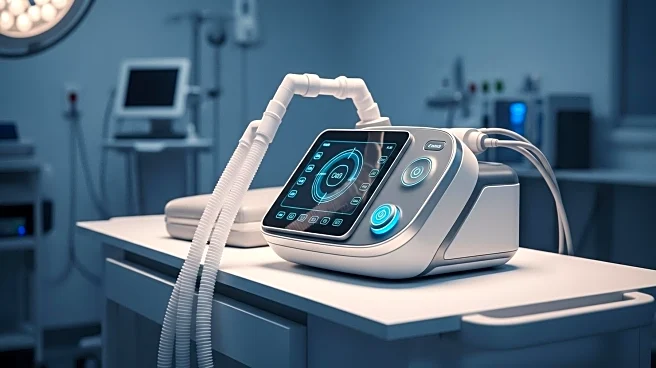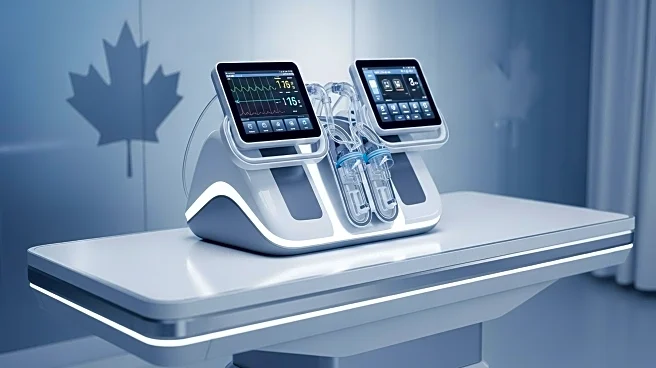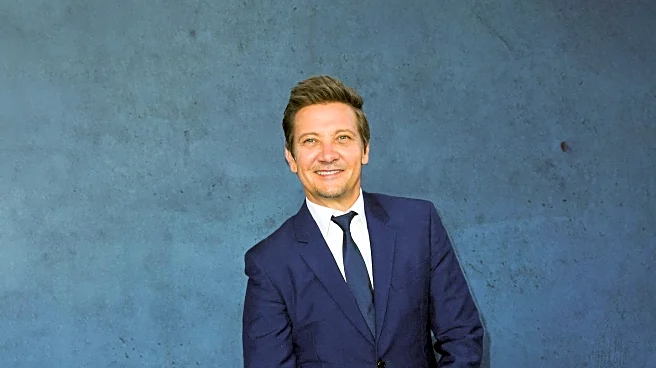What's Happening?
The transcatheter aortic valve replacement (TAVR) market is undergoing significant changes as Edwards Lifesciences and Medtronic, two leading companies, implement distinct strategies to capture market share. Edwards Lifesciences is leveraging updated guidelines from the European Society of Cardiology and the European Association for Cardio-Thoracic Surgery, which now recommend TAVR for asymptomatic patients and lower the age threshold to 70 years. This shift allows Edwards to promote early intervention, potentially reducing healthcare costs and hospital stays. Edwards projects its TAVR revenue to reach between $4.1 billion and $4.4 billion by 2025. Meanwhile, Medtronic is focusing on product innovation with its Evolut FX+ TAVR system, which has shown superior performance in specific patient groups. Medtronic's Structural Heart & Aortic division reported $3.55 billion in revenue for 2025, reflecting growth driven by its diversified portfolio.
Why It's Important?
The developments in the TAVR market are crucial as they reflect broader trends in the healthcare industry towards early intervention and technological innovation. Edwards' guideline-driven expansion could lead to significant cost savings for healthcare providers and improved patient outcomes. However, this strategy also poses regulatory and reimbursement risks. Medtronic's focus on innovation and procedural diversification positions it to maintain its market leadership, though it faces challenges from Edwards' aggressive expansion. The structural heart devices market is expected to grow significantly, reaching $21.48 billion by 2030, indicating substantial opportunities for companies that can innovate in underserved areas.
What's Next?
Both Edwards and Medtronic are expected to continue expanding their product offerings and exploring new market opportunities. Edwards is investing in transcatheter mitral and tricuspid therapies, while Medtronic is enhancing its capabilities in redo-TAVR procedures. The competition between these companies is likely to intensify as they seek to capture early-intervention cases and expand into new therapeutic areas. Investors will need to assess which company can sustain its market leadership while navigating the complexities of a rapidly evolving therapeutic landscape.











